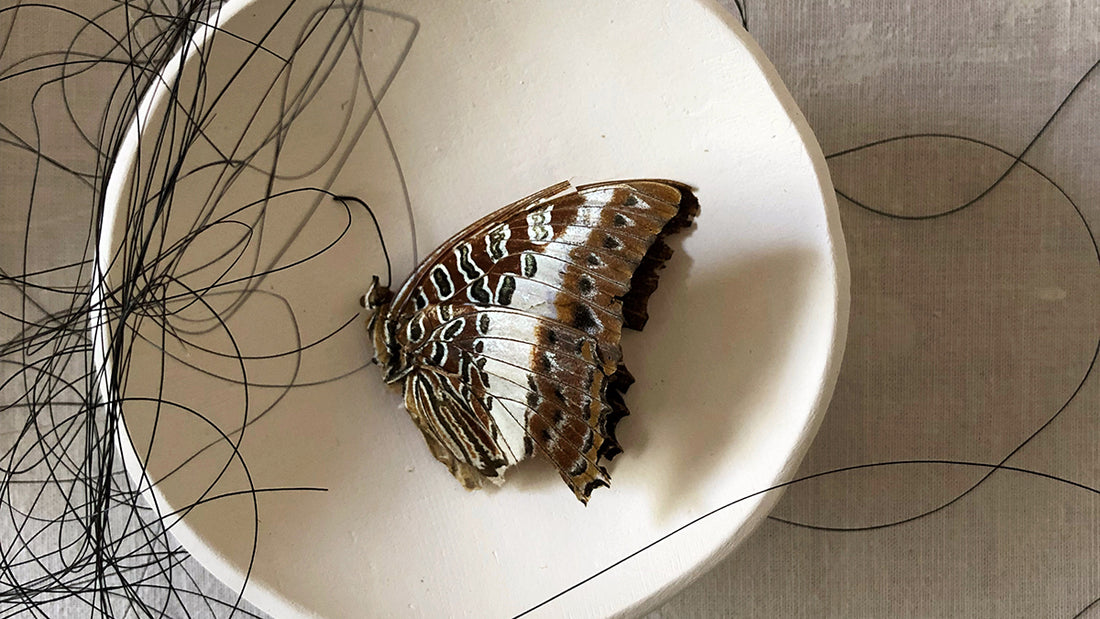*Just a little note- I wrote about my saggar firing process in 2021 when I still lived and worked in South Africa. As of October 2022 the clay and kiln I use now are different, but I like the idea of honouring my old process, materials and equipment but keeping this journal entry up.
Each piece starts as clay mixed in the KZN Midlands by the wonderful potter Lindsay Scott. I use a combination of ceramic hand-building techniques in making my work, including pinching, slab-building and coiling. Once each batch of work is dry it is bisque fired to 1180℃ in my trusty little kiln, Hestia.

Hestia has a manual controller, so I have to stay with her through most of the 11-hour firing to watch her temperature and ramp her up at the right times. I adore Hestia, and working in my studio as she hums and clicks on and off is my favourite place to be. The bisqued wares can then be unpacked once Hestia has cooled down, and this is usually takes as long as the firing itself. Patience plays a huge role in ceramics!

I’m always collecting organic materials like feathers, eggshells and shed snake skins that can be used in saggar firings, either spotting small elements when I’m out and about, or intentionally going off to forage for these little bits.

Individual saggars are made by first laying organic materials against the surface of each ceramic piece and then bundling the whole lot up in newspaper or aluminium foil.

These spell-like bundles are then packed into a drum or pit and a fire built around them. The fire reaches around 680℃, at which point the organic elements combust and release smoke that is absorbed into the porous ceramic surfaces to create dreamy markings. Each piece leaves the fire metamorphosed, smokey, and completely unique.


